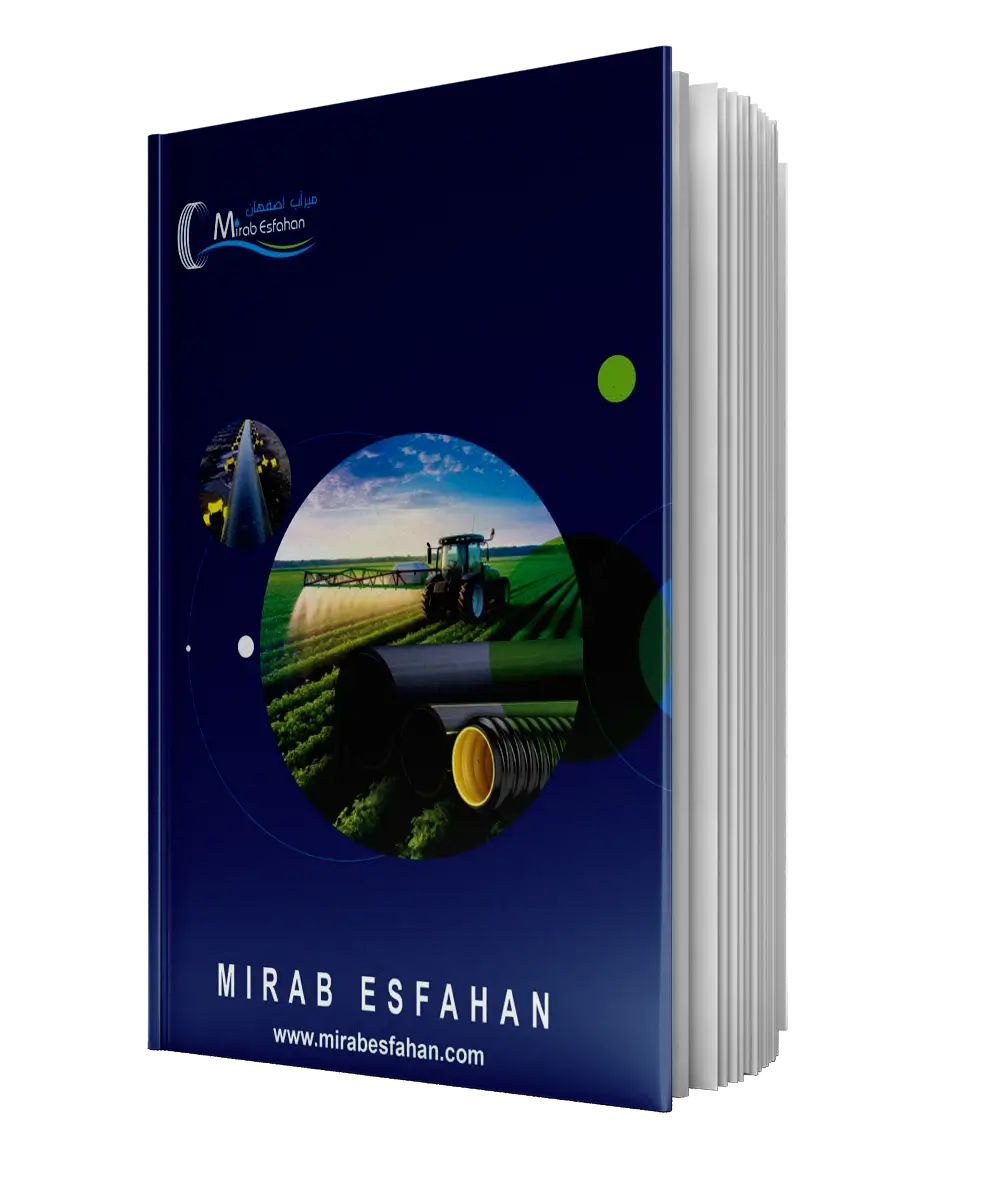In general, polyethylene joints are produced from polyethylene material and by injection method and are divided into seven categories: screw, sewer, flanged, welded, hand-made, electrofusion and drip irrigation. Screw or threaded connections are connected to polyethylene pipes by internal or external threads and are mainly used in small projects and small-volume pipes with low-size pipelines. These fittings come in a variety of shapes and sizes, which we will discuss below. Screw or threaded connections are used to connect two polyethylene pipes without welding. These connections consist of several parts and their main application is in the water supply and irrigation systems of agricultural fields. Due to the lack of deposits, easy installation, long service life, reasonable price and flexibility, threaded connections are among the most popular products. Although welded joints are much cheaper and cost-effective, for small projects, it is not cost-effective to transport or rent a polyethylene welding machine and hire skilled labor to operate it. Polyethylene screw connections are limited to one type of working pressure of maximum 10 atmospheres and the size range is 20 mm to 125 mm, and because of the way they are attached to the polyethylene pipe, it is not possible in large sizes.
